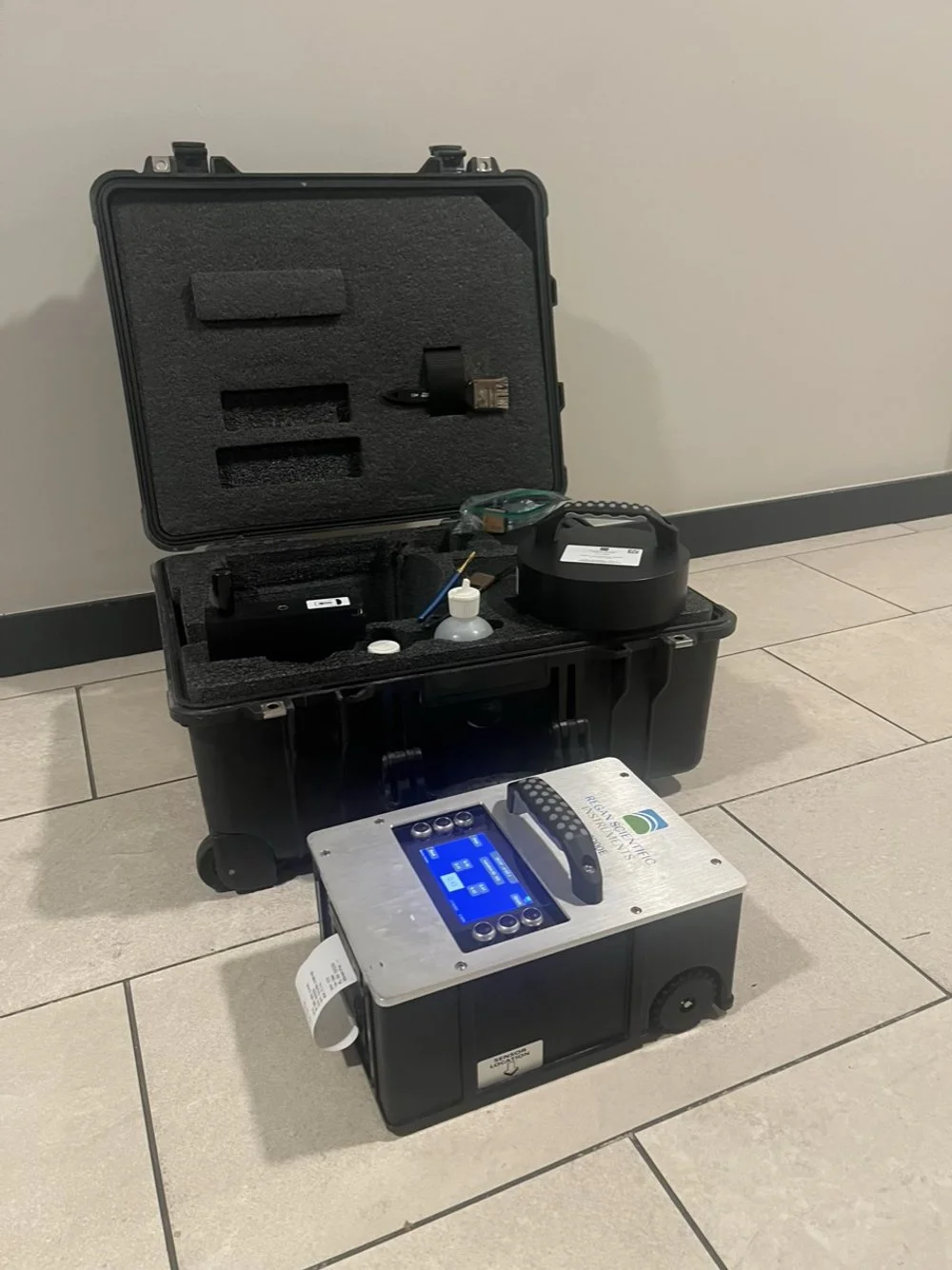The Tax-Deductible Safety Upgrade Every Colorado Business Overlooks
Slips and falls aren’t just a safety risk — they’re a financial risk. Every year, Colorado businesses lose thousands of dollars to workers’ comp claims, insurance hikes, and lost productivity from preventable floor accidents.
At Non-Slip Solutions LLC, we help local businesses and homeowners protect their people and their property with long-lasting, invisible Sure Step treatments that dramatically increase floor traction — without messy mats or coatings.
What many property owners don’t realize is that these safety improvements often come with hidden financial benefits — including potential tax deductions and insurance savings.
💼 For Business Owners: Fully Deductible Maintenance Expense
According to the IRS, ordinary and necessary expenses for operating a business — such as maintenance and safety improvements — are fully deductible in the year they’re incurred.
That means when you invest in a Sure Step non-slip treatment, it can qualify as a maintenance expense under Section 162(a) of the Internal Revenue Code.
You’re not just preventing slips and protecting staff — you’re also reducing taxable income and showing proactive safety management.
In other words:
✅ It’s a safety improvement.
✅ It’s a deductible expense.
✅ It’s smart business.
And because our treatments require no coatings, curing downtime, or replacements, they fit neatly under “ordinary maintenance” — not long-term capital improvements that must be depreciated over years.
🏥 Lower Insurance Premiums and Workers’ Comp Costs
Safety pays twice. When you can document measurable traction improvements — using our certified BOT-3000E ANSI slip-testing — you demonstrate a commitment to workplace safety that can help lower:
Workers’ compensation premiums (through Colorado’s Premium Cost Containment Program),
General liability rates, and
Risk exposure scores used by insurers.
Our clients in Denver’s restaurant, hospitality, and automotive industries regularly share that after a Non-Slip Solutions treatment, their insurance risk assessors take notice.
🏠 For Homeowners: Smart Protection With Potential Tax Benefits
If you’re a homeowner, your non-slip treatment may also qualify for tax or insurance advantages in certain cases:
Medical necessity: If a household member has mobility limitations or a doctor recommends safety modifications, your treatment cost may qualify as a medical expense deduction.
Rental properties or home offices: Improvements made to income-producing or business areas of your home can often be written off as business expenses or depreciated over time.
Even without a deduction, you’re still increasing safety, property value, and peace of mind — all while maintaining your home’s clean, original look.
Documentation That Works in Your Favor
Non-Slip Solutions LLC provides everything you need to support your tax and insurance documentation:
Itemized invoice describing treatment location and date
Before-and-after ANSI-certified BOT-3000E slip-test results
Product data sheets for recordkeeping
Maintenance and cleaning recommendations
These records show auditors, insurers, and safety officers that you’ve taken measurable, verifiable steps to protect people and reduce liability.
BOT 3000E Tribometer
Bottom Line
A safer floor isn’t just good ethics — it’s good economics.
When your non-slip treatment can:
Reduce the chance of a costly fall,
Lower your insurance exposure, and
Qualify as a deductible business expense,
you’ve turned a safety upgrade into a financial advantage.
📞 Ready to See if Your Floor Qualifies?
We offer free certified slip-resistance testing across the Denver metro area — no obligation, no pressure.
Let us show you how your floor performs under wet conditions and how much safer (and smarter) it could be.
👉 Schedule your free slip test today.
Disclaimer:
Non-Slip Solutions LLC is not a tax advisor. Always consult a qualified CPA or tax professional about your specific situation.


